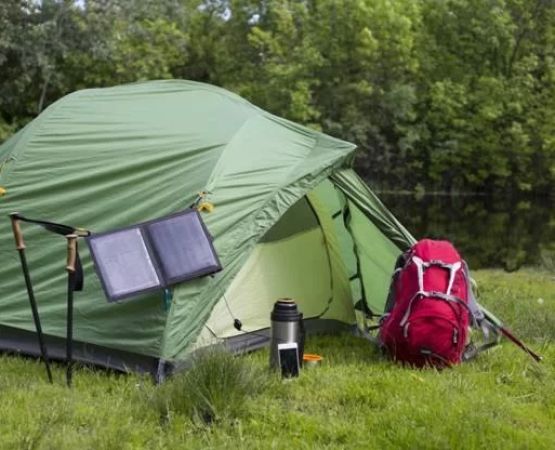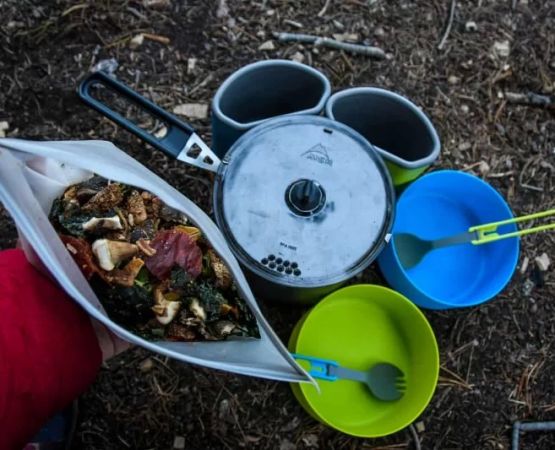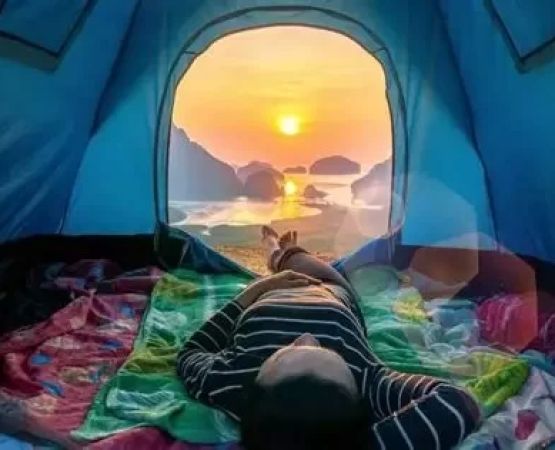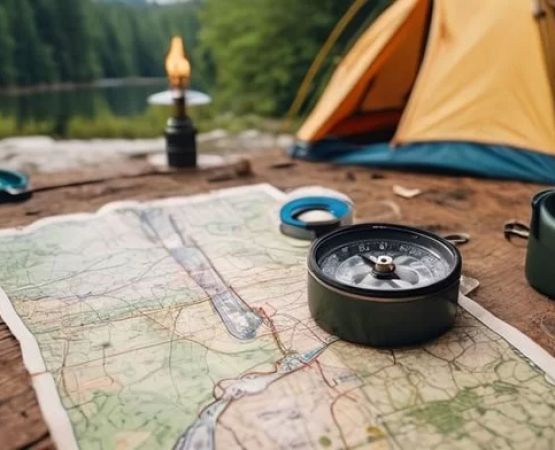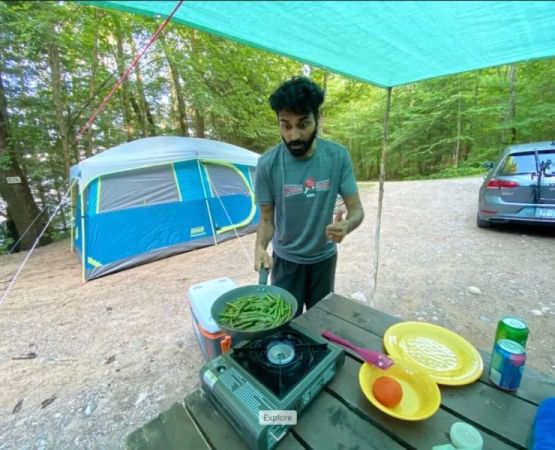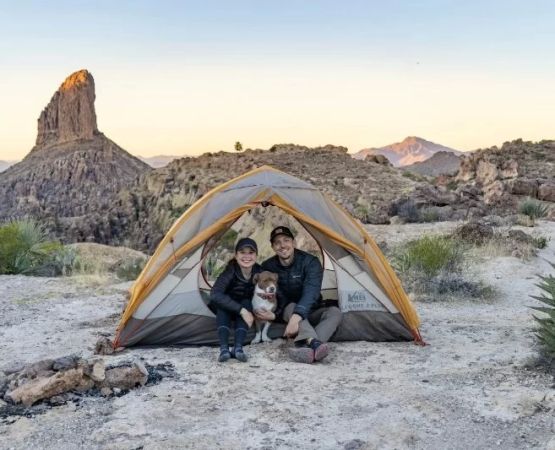How to Find Peaceful Camping Locations Away from Crowds in the USA
As someone who loves the outdoors, I’ve always been on the lookout for peaceful camping locations where I can truly disconnect from the hustle and bustle of everyday life. Over the years, I've discovered some hidden gems and learned a few tricks to escape the crowds and find those serene spots. If you're like me and want to experience camping in its purest form, away from noisy crowds and crowded campsites, then this guide is for you. Here's how to find peaceful camping spots in the USA.
1. Explore National Forests and Wilderness Areas
While national parks are amazing and offer plenty of beautiful landscapes, they can also attract large crowds, especially during peak seasons. That’s where national forests and wilderness areas come into play. These areas are often less crowded, and they provide an abundance of remote camping opportunities.
When I camp in these places, I enjoy the tranquility of nature without the noise of other campers. Some of my favorite locations include the Deschutes National Forest in Oregon, the Flathead National Forest in Montana, and the Allegheny National Forest in Pennsylvania. These forests offer secluded spots where you can camp far away from the crowds, often surrounded by pristine wilderness.
2. Use Campground Reservation Systems for Off-the-Grid Sites
One of the best tools I’ve found for finding quiet camping spots is campground reservation systems like Recreation.gov. While many people think of these sites as booking platforms for popular, well-known campgrounds, they also provide access to remote and less-visited campgrounds.
By searching for campsites located off the beaten path or in more remote areas, I’ve been able to find peaceful spots that are often overlooked by others. I like to search for campgrounds that are further away from main roads, or located near lakes and rivers, which tend to attract fewer visitors. For example, in the Great Smoky Mountains National Park, there are several backcountry campsites that are accessible only by foot, which helps keep the crowds at bay.
3. Consider Backcountry or Primitive Camping
If you're up for a bit of a challenge, backcountry or primitive camping can be the ultimate way to escape the crowds. These types of camping require a little more preparation and effort, but the payoff is worth it.
What I love about backcountry camping is that it takes me deep into nature, where I rarely encounter other campers. Some of the best places for backcountry camping in the USA include Yellowstone, the Olympic Peninsula in Washington, and the Adirondacks in New York. You'll need to plan ahead, obtain permits, and be prepared for hiking in remote areas, but you'll be rewarded with solitude and pristine natural beauty.
4. Seek Out Lesser-Known State Parks
State parks often get overshadowed by the grandeur of national parks, but they can offer equally stunning landscapes, and many are far less crowded. I’ve found some of my favorite quiet camping spots in lesser-known state parks. These parks are often underappreciated and therefore don’t attract the same number of visitors.
For example, parks like Big Bend State Park in Texas and Custer State Park in South Dakota offer incredible camping opportunities that remain relatively peaceful. I recommend checking out state parks in less touristy areas, as these tend to have smaller crowds and are perfect for a peaceful camping experience.
5. Visit During Off-Peak Seasons
Timing plays a huge role in finding peaceful camping locations. I’ve learned that camping in the off-peak seasons, such as late fall or early spring, can dramatically reduce the number of visitors. While the weather might be cooler, the payoff is having the entire campground (or even the entire forest) to yourself.
Many national parks and popular campsites can be almost deserted in the off-season. For example, visiting the Grand Canyon in early November or late March means you’ll experience the beauty of the park without the large summer crowds. Similarly, camping in the Rocky Mountains during the shoulder season can offer a more serene experience with fewer people and more wildlife sightings.
6. Try Dispersed Camping
Dispersed camping is one of the best ways to find peaceful spots far away from established campgrounds. In many national forests, you can camp for free in designated dispersed camping areas. These sites are typically not as developed as traditional campgrounds, but they offer unparalleled solitude and the freedom to camp wherever you choose within certain boundaries.
I’ve found some incredible dispersed camping spots in the Sierra Nevada in California and the San Juan National Forest in Colorado. Not only do these locations offer peace and quiet, but they also provide a deeper connection to nature, as you’re truly immersed in the wilderness.
7. Look for Remote Lakes and Rivers
There’s something magical about camping near water, but popular lakes and rivers often attract large crowds. To avoid the crowds, I like to look for lesser-known bodies of water, often tucked away in remote parts of national forests or state parks. These spots are usually not as crowded, and the sound of the water flowing nearby is incredibly peaceful.
Some of the best hidden gems for water-based camping include Clear Creek Reservoir in Colorado, the Boundary Waters Canoe Area Wilderness in Minnesota, and the Deschutes River in Oregon. Whether you’re into kayaking, fishing, or just enjoying the sound of the water, these locations offer a serene escape from the typical camping crowds.
8. Use GPS and Mapping Tools to Find Hidden Spots
In the digital age, GPS and mapping tools have become indispensable when looking for peaceful camping locations. Tools like Google Earth, Gaia GPS, and AllTrails can help you find remote locations that are off the grid. These apps allow you to explore trails, backroads, and hidden campsites that may not be listed on traditional campground websites.
During one of my adventures, I used Google Earth to spot a secluded campsite near a river in the Washington Cascades that wasn’t on any maps or websites. It took a bit of effort to get there, but the experience of camping in such an isolated spot was unforgettable.
9. Consider RV Camping for Seclusion
RV camping might not be the first thing that comes to mind when you think of escaping crowds, but with a little research, it’s possible to find peaceful RV camping spots. There are plenty of places where RVs are allowed to camp off-grid, such as Bureau of Land Management (BLM) land and some remote national forests.
While RVs are often associated with more crowded campgrounds, staying in remote RV spots can provide solitude and comfort. I’ve spent a few nights in an RV in places like the Mojave Desert in California and the remote desert campsites in Arizona. These locations offer peace, quiet, and stunning landscapes, all while providing the convenience of an RV.
10. Keep an Eye Out for Hidden Gems
Sometimes, the best peaceful camping locations are the ones that aren’t widely advertised. It’s all about exploring and discovering spots that aren’t on the typical tourist radar. I’ve found many of my favorite campsites by talking to locals, fellow campers, or park rangers who can direct me to hidden gems that are off the beaten path.
So, whether it’s a quiet spot in the Adirondacks or a peaceful lakeside campsite in the Pacific Northwest, don’t be afraid to venture off the usual camping routes and explore new areas. The quietest, most serene spots are often the ones that require a bit more effort to find but are well worth it once you’re there.


